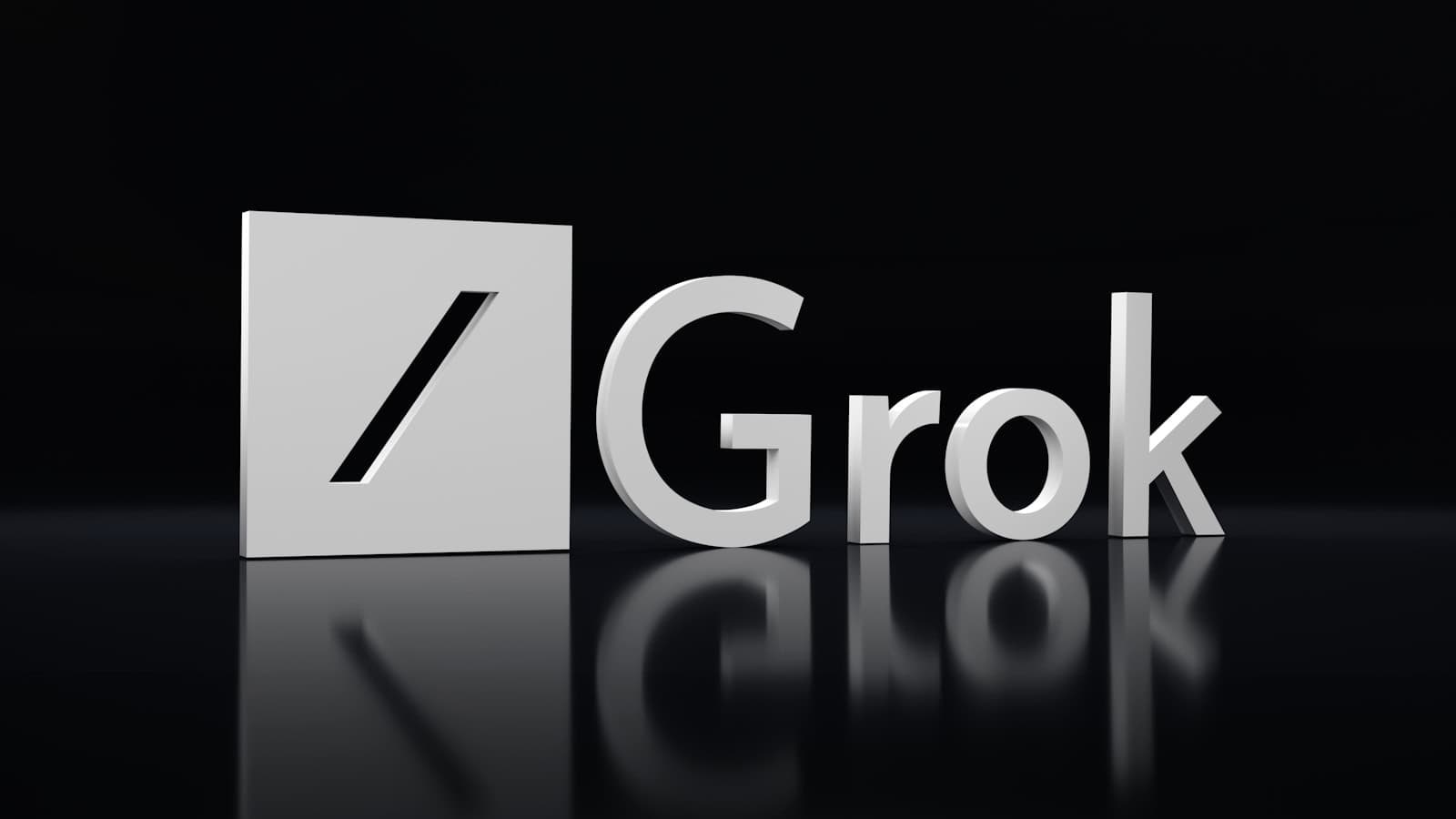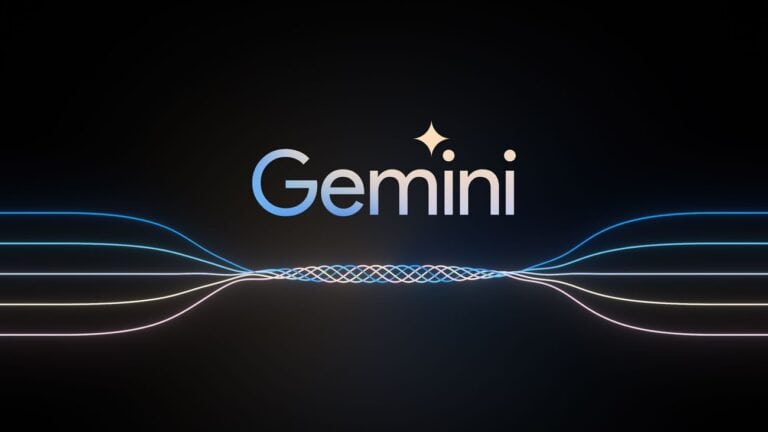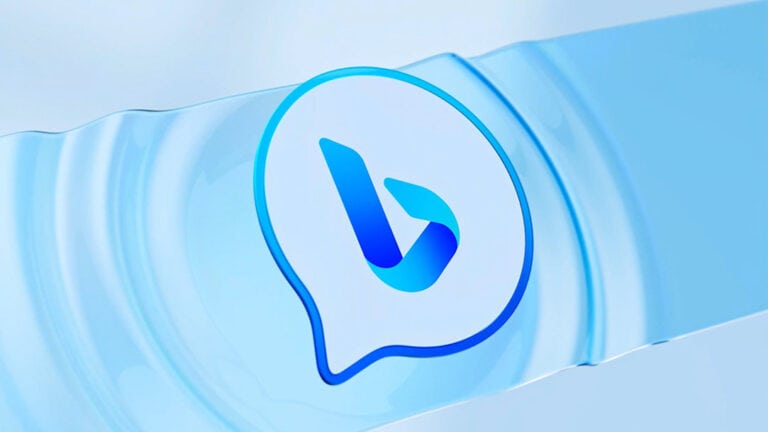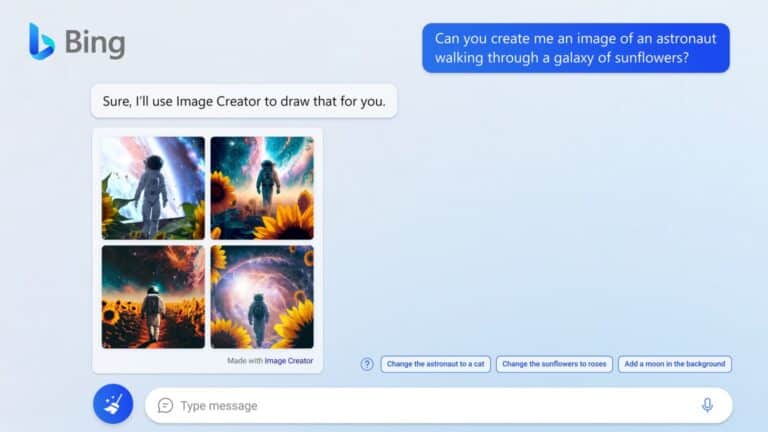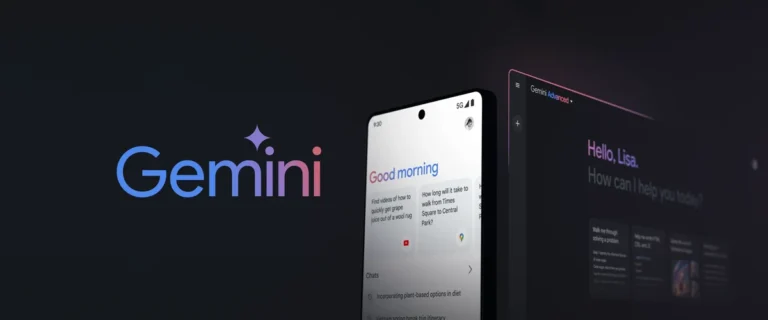Yes, Grok-1 is open source, but the landscape is more nuanced than a simple yes or no. xAI has released Grok-1 under an open source license, while newer versions like Grok-2, Grok-3, and Grok-4 have not been made open-source as of yet.
When Elon Musk’s AI company, xAI, released Grok-1 as open source it was a pivotal moment in the history of LLMs and Artificial Intelligence. The company shared the model’s basic weights and design, allowing developers to use it without paying licensing fees. At the time, that made Grok the only major chatbot model available as open source, setting it apart from its competitors.
By opening Grok-1, xAI lets the public study, adapt, and build on the large-scale AI system. The model has 314 billion parameters and is not fine-tuned for specific tasks, which allows for experimentation. However, there were some major limitations like the inability to provide real-time access to X data, etc.
Grok-1: Fully Open Source
Licensing Details
Grok-1 was released under the Apache 2.0 License, which is a permissive free software license (source: Generative AI Publication). This license allows you to:
- Use the software for any purpose
- Distribute it freely
- Modify the code
- Distribute modified versions
- Use it commercially without restrictions
What’s Included
The open source release includes:
- Model weights for Grok-1
- Source code in the repository
- 314 billion parameters in a mixture-of-expert architecture (source: FXIS.AI)
Important Limitations
Grok-1 is not tailored for specific applications, including chat functionalities, unlike the versions that users interact with on the X (formerly Twitter) platform (source: FXIS.AI). This means you’re getting the raw model without the specialized training for conversational AI.
Newer Versions: A Different Story
| Model | Release Date | Key Info | Open Source Status |
|---|---|---|---|
| Grok-1 | November 3, 2023 | 314B MoE (Mixture of Experts) model; Available to X Premium+ users from December 7, 2023 | Yes – Open-sourced March 17, 2024 |
| Grok-2 | August 13, 2024 | First publicly available Grok model with image and document understanding capabilities (added 2-3 months after initial release) | No – Proprietary |
| Grok-3 | February 17, 2025 | Context window of 131.1K tokens; Input cost: $3.00 per million tokens, Output cost: $15.00 per million tokens | No – Proprietary |
| Grok-4 | July 2025 | Latest model; Available through X platform and standalone app; Made available to free tier users (with usage caps) as of August 11, 2025 | No – Proprietary |
Grok-2 and Grok-3
The newer iterations of Grok have a more complex availability status:
- Grok-2: Currently available through X Premium subscriptions and API access, but not fully open sourced
- Grok-3: No open source status
- Grok-4: No open source status
Additional Open Source Components
Grok Prompts Repository
Beyond the main model, xAI has also made available the grok-prompts repository, which contains:
- Jinja2 templates for system prompts
- Guidelines for contributions
- Licensing information for prompt engineering (source: DeepWiki)
What This Means for Developers
Advantages of Open Source Grok-1
- No vendor lock-in: You can run and modify the model independently
- Transparency: Full access to model architecture and weights
- Customization: Ability to fine-tune for specific use cases
- Cost control: No ongoing API fees once you have the model
Considerations
- Computational requirements: 314 billion parameters require significant hardware resources
- Raw model: Grok-1 lacks the conversational polish of commercial versions
- Support: Open source means community-driven support rather than commercial backing
How to Access Open Source Grok
You can find the open source Grok-1 model and related materials on:
- GitHub: The main repository under xAI’s organization (source: GitHub)
- Model weights: Available for download through the official channels
- Documentation: Comprehensive guides available in the project documentation
The Bottom Line
Grok-1 represents one of the largest open source language models available, making advanced AI accessible to researchers, developers, and organizations worldwide. While newer versions may not follow the same open source model, the release of Grok-1 under Apache 2.0 demonstrates xAI’s commitment to advancing the field through open collaboration.
Whether Grok is the right choice for your project depends on your specific needs, technical capabilities, and whether you prefer the cutting-edge features of newer proprietary versions or the freedom and transparency of the open source Grok-1.
Key Takeaways
- Grok-1 is now open source under xAI.
- The model includes weights and architecture but no real-time data access.
- The release highlights Elon Musk’s push for open AI development.
Frequently Asked Questions
Grok’s open-source release raises questions about licensing, development workflows, model differences, and integration with other platforms. Each topic highlights how the project is managed, what features are available, and how the community can take part.
What are the licensing terms for Grok 3’s open-source release?
Grok 3 is released under the Apache 2.0 license. This allows developers to use, modify, and distribute the code for both personal and commercial purposes without paying licensing fees.
How can developers contribute to the Grok AI project on GitHub?
Developers can fork the repository, create branches, and submit pull requests. Contributions often include bug fixes, documentation updates, or model improvements. Issues and discussions on GitHub guide collaboration and help maintainers prioritize changes.
What are the differences between Grok and ChatGPT?
Grok is tied closely to the X platform and integrates with its services, while ChatGPT runs independently through OpenAI’s ecosystem. ChatGPT has broader training optimization for dialogue, while Grok emphasizes real-time information access when connected to X.
What features does Grok 4 offer compared to previous versions?
Grok 4 improves reasoning, memory, and context handling compared to Grok 3. It also expands multimodal support, enabling better interaction with text, images, and structured data. Performance updates focus on faster response times and more stable outputs.
How is the Grok chatbot integrated with other services?
Users can access Grok through the X platform, mobile apps, and the web. API access allows developers to connect Grok with third-party tools. Integration supports workflows like customer support, search, and automation within existing systems.
What is the role of Grok Ollama in the open-source community?
Grok Ollama provides a lightweight way to run Grok models locally. It helps developers test and experiment without relying on cloud infrastructure. This supports community-driven development by lowering the barrier to entry for running and modifying the models.

